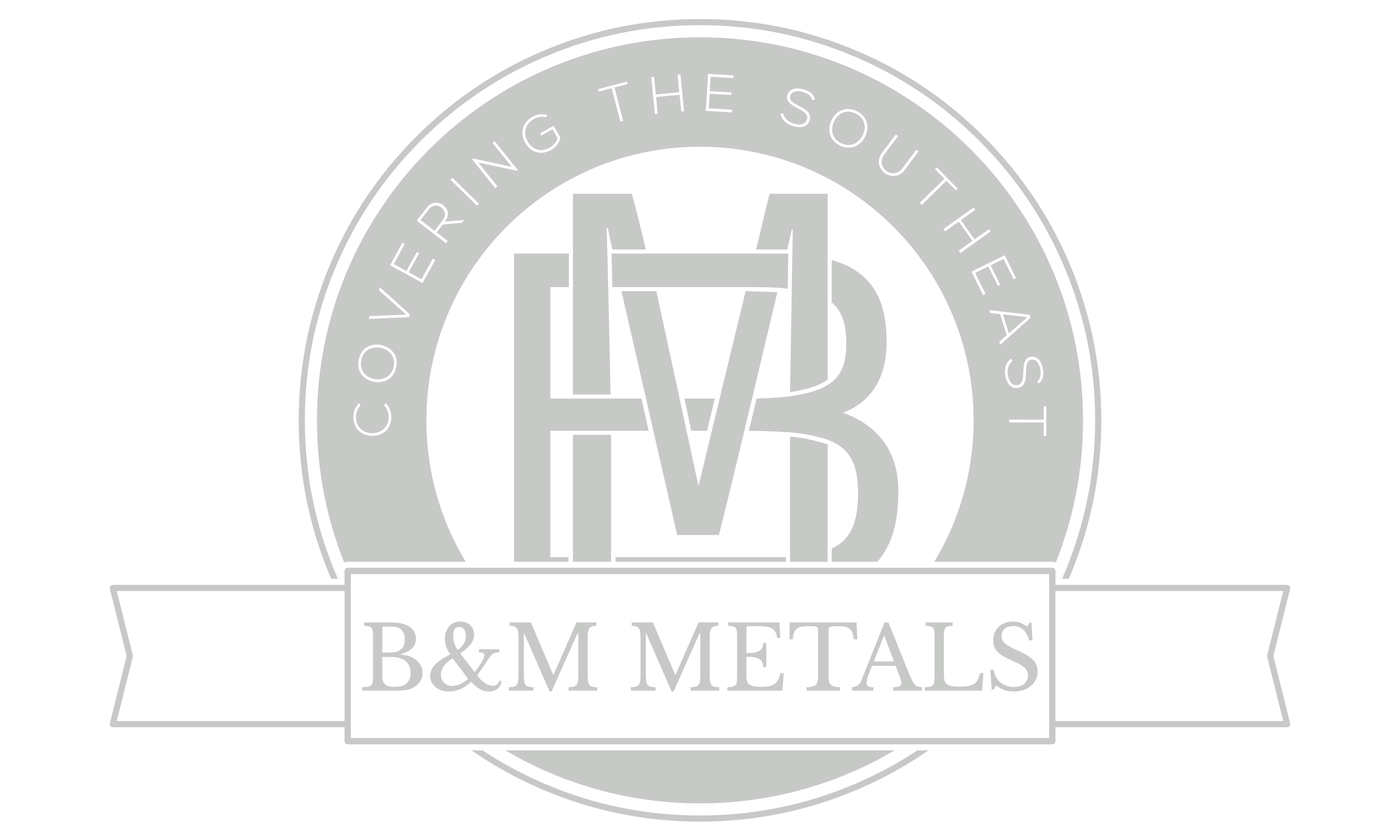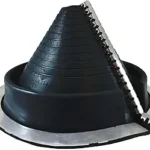A metal roof is a durable and long-lasting investment, but without proper weatherproofing, it can be vulnerable to harsh environmental conditions. Weatherproofing helps protect the roof from moisture, temperature fluctuations, and corrosion, extending its lifespan and maintaining its structural integrity.
One of the primary reasons to weatherproof a metal roof is to prevent rust and corrosion. While many metal roofs come with protective coatings, exposure to rain, snow, and humidity over time can cause deterioration. Applying sealants and protective coatings enhances resistance against moisture and oxidation, keeping the roof in top condition.
Weatherproofing also helps improve energy efficiency. Reflective coatings can reduce heat absorption, keeping buildings cooler in hot weather and lowering energy costs. Additionally, sealing gaps and seams prevents air leaks, improving insulation and reducing heating and cooling expenses.
Another crucial benefit is leak prevention. Small gaps or improperly sealed seams can allow water infiltration, leading to costly damage such as mold growth, weakened structures, and interior water stains. Proper weatherproofing ensures a watertight seal, protecting both the building and its contents.
By investing in weatherproofing measures, property owners can maximize the performance of their metal roofs, reducing maintenance costs and enhancing overall durability against the elements.

